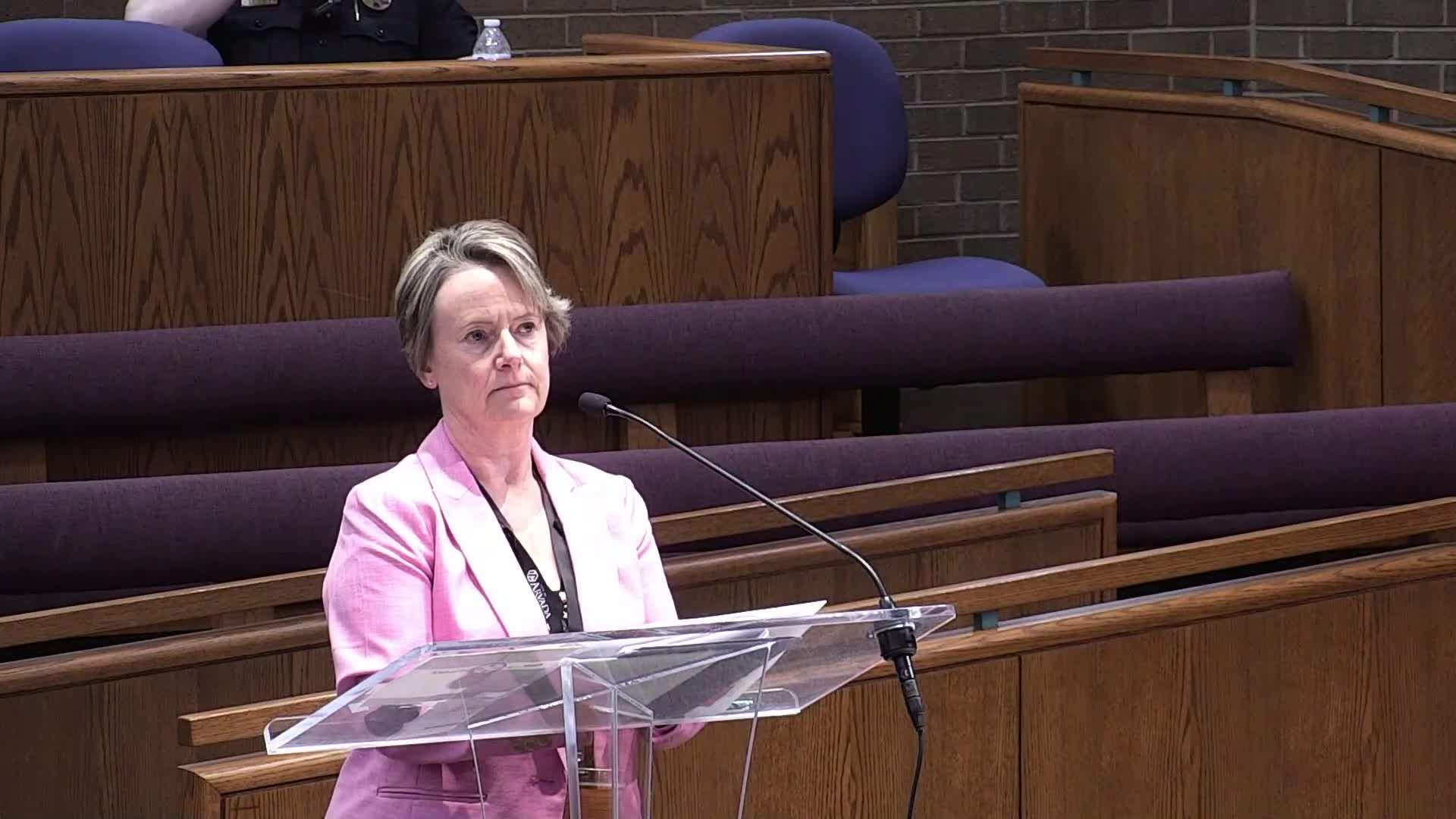Arvada Council reviews water rate increases amid declining federal funding
May 14, 2025 | Arvada, Jefferson County, Colorado
Thanks to Scribe from Workplace AI , all articles about Colorado are free for you to enjoy throughout 2025!

This article was created by AI using a video recording of the meeting. It summarizes the key points discussed, but for full details and context, please refer to the video of the full meeting. Link to Full Meeting
Council members discussed the implications of deferred maintenance over the past two decades, which has contributed to the necessity for substantial rate increases. The council reviewed three projected scenarios for water rate adjustments, emphasizing the importance of fiscal responsibility while ensuring public health and safety. The scenarios were designed to prevent catastrophic failures in the city’s water, wastewater, and stormwater systems, which could lead to severe public health issues, such as waterborne illnesses.
Council member Marriott clarified that while federal funding has decreased, the majority of funding for Arvada's water projects has historically come from local sources. He noted that the federal contribution to local projects has been minimal, suggesting that the city has always relied primarily on local funding for its water infrastructure.
The council's discussions included a reminder of previous extensive conversations regarding the rate increases and the state of the infrastructure. Members expressed the need to move forward with the agreed-upon plans to avoid potential crises similar to those experienced in other cities, such as Flint, Michigan.
In conclusion, the meeting underscored the urgency of addressing Arvada's water infrastructure needs amid declining federal support. The council's commitment to proactive measures aims to ensure the reliability and safety of the city's water systems while navigating the financial challenges posed by increased utility rates. Further discussions and follow-up actions are expected as the council continues to refine its approach to these pressing issues.
Converted from City of Arvada Council Meeting - May 13, 2025 meeting on May 14, 2025
Link to Full Meeting
Comments
View full meeting
This article is based on a recent meeting—watch the full video and explore the complete transcript for deeper insights into the discussion.
View full meeting